8 Common Succulent Pests
8 Common Succulent Pests
Plants and flowers are beautiful additions to any home and yard. Their green vibrant life provides a sense of renewal and natural growth wherever they are found. Some people who are fortunate enough to have a green thumb and be naturally skilled with plants can own a bunch of them without a worry of losing any. Others aren’t so lucky, and are happy if even one plant survives under their care. Succulents are a favorite of both groups because of their durability and drought-resistant tendencies, but that doesn’t mean they are also pest-resistant.
Ants

Ants are just a problem wherever they go. If they’re not invading our kitchens and trash cans, they’re looking to cause trouble in other parts of our homes. When it comes to succulents, ants are actually kind of helpful in a way but are mostly still a nuisance. They are attracted to the resilient plants because of the other visitors that happen to be on it. Ants like to eat the other succulent pests and what they leave behind on the leaves. Their favorite is the honeydew substance that aphids secrete.
Even though ants don’t attach the actual succulent, they quickly turn into a larger problem when their food source runs out. If the succulent is kept inside the house, they have extremely easy access to other rooms and materials, including our own food. The easiest way to get rid of ants on your succulents and protect the plant is to get rid of the other pests entirely. If the ants don’t have a source of nutrients, they will leave and sometimes even go back outside to find a new natural food source. Ants are surprisingly one of the least destructive pests in this case since they don’t want the actual succulent, but they are one of the fastest invading pests and frustratingly efficient at their job of invading.
Aphids
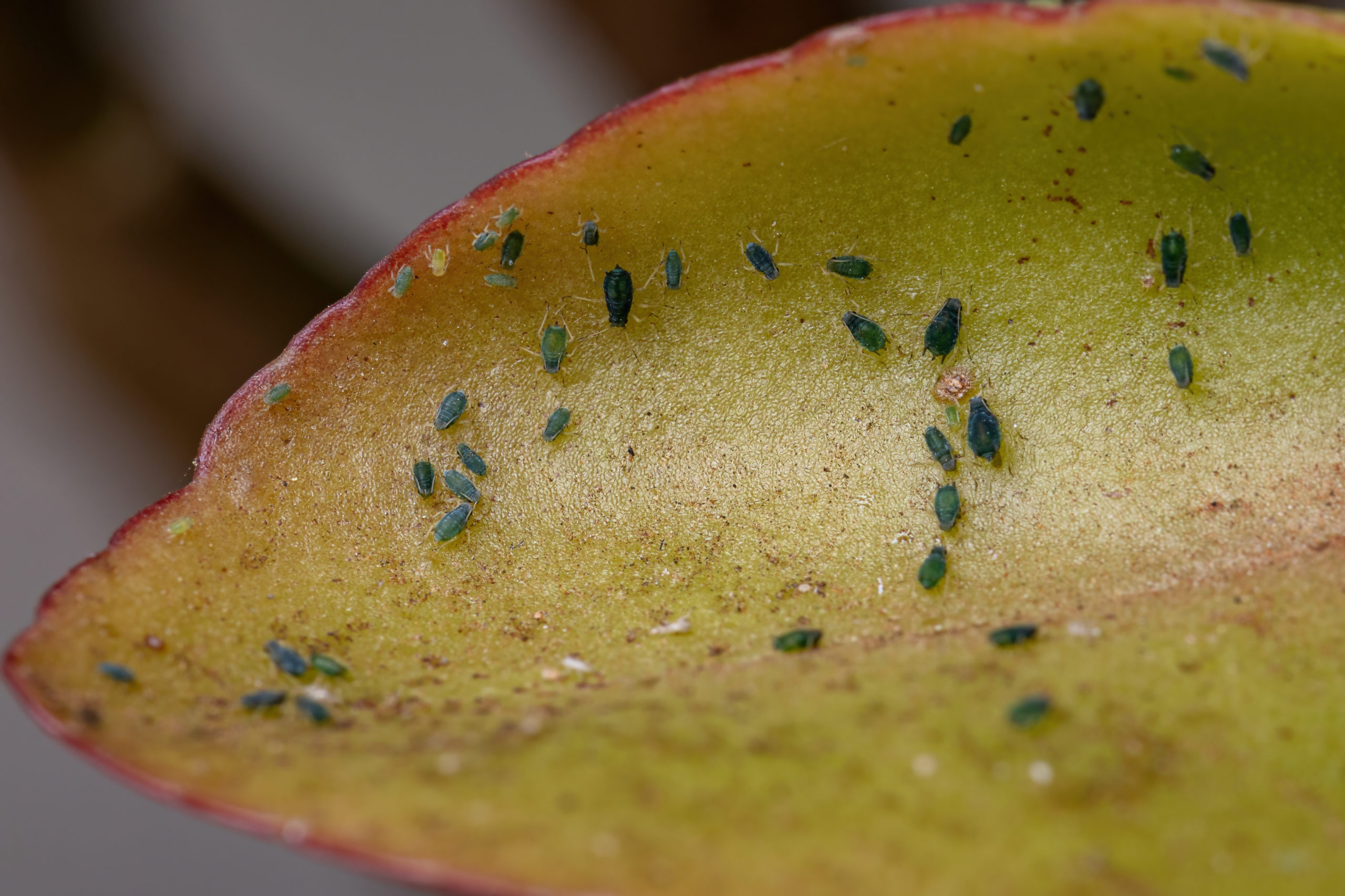
Predictably, aphids are a destructive pest of succulents in addition to all of the other plants that they wreak havoc on. These green insects are teardrop shaped and are infamous for plaguing all types of gardens. Aphids drink the juices from leaves and flowers, and munch on the plant’s tissues. As they feed, the aphids produce a sticky white substance called honeydew. This sugary paste is not only a draw for other pests like ants, it is also a major cause of dark mold on plants. If the many holes in the leaves don’t kill the plant, the eventual mold growth definitely will.
In addition to the possibility of mold development, aphids can also inhibit the growth of the succulent itself. Since they feed upon the inner tissues of the plant, they can cause a warped shape of the leaves and plant structure. Aphids can also slow, if not completely terminate, the growth of the succulent. They gradually kill plants from the inside out and can easily go from leaf to leaf, so an aphid infestation is rapid and abundant in any collection of greenery. There is a form of natural pest control in the form of ladybugs, lacewings, and soldier beetles, among many other carnivorous insects. But this may not be enough to completely solve the problem, as aphids are rapid producers and quick movers.
Fungus Gnats
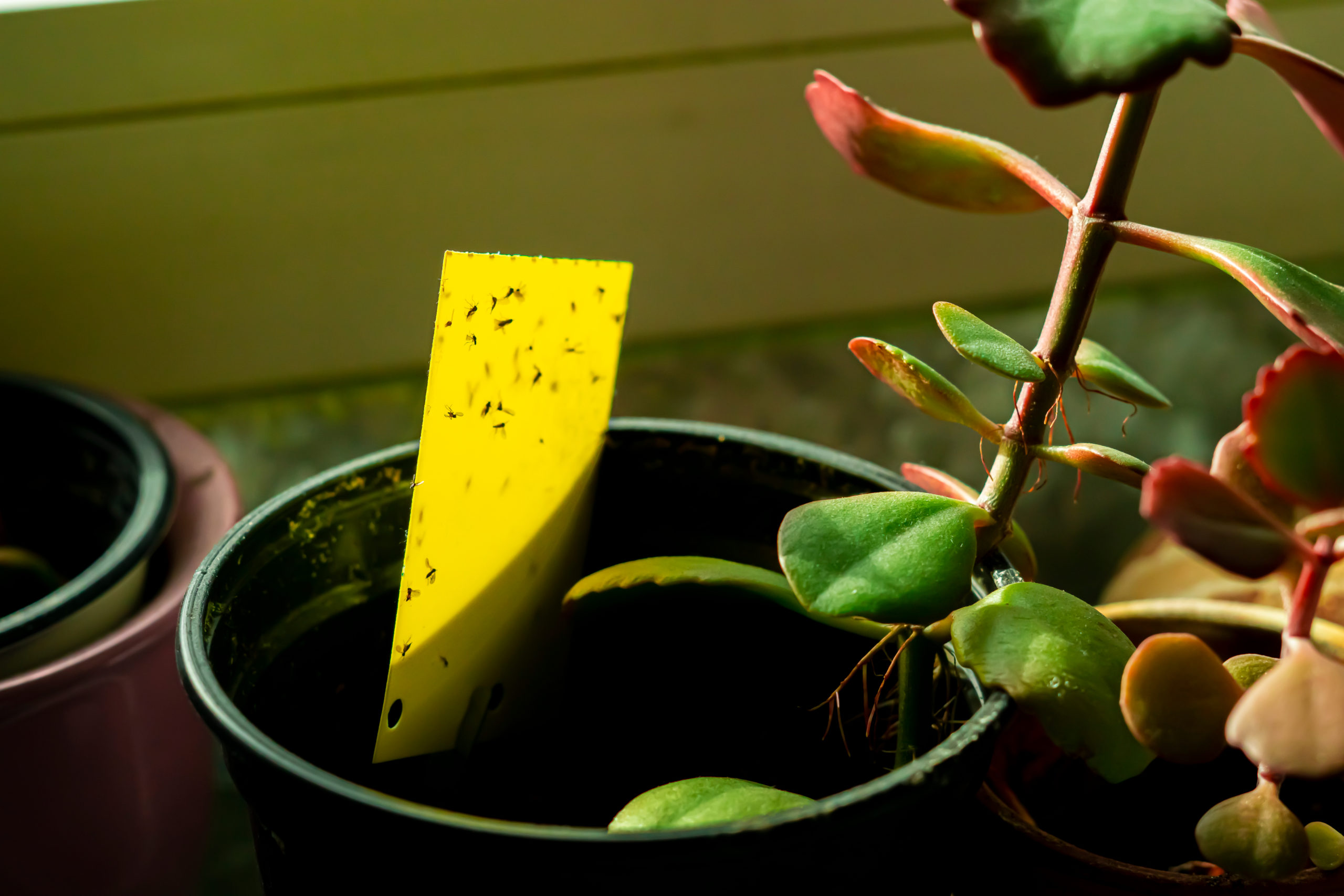
This species of gnat is particularly annoying to deal with since they are such rapid producers. They are attracted to succulents when they are saturated with water, and breed quickly within the wet plants. Fungus gnats primarily attack the roots, which affects the rest of the plant and causes the leaves to wilt and drop. The larvae are also dangerous because they cause damage to smaller, young succulents that don’t have the established strength of a fully-grown adult.
The adult fungus gnats look like mosquitoes and can be mistaken for other small insects. But when they don’t have any more actual fungus to feed upon, you will know it’s the fungus gnat by how it attacks the roots. Since they breed extremely quickly, it’s important to get ahead of the problem and eradicate them in order for the succulent to survive. The eggs are laid in fungus, so any kind of fungus present on a succulent will be exponentially used by these pests. To prevent or get rid of fungus gnats, allow the soil of the succulent to be almost completely dry without stripping the plant. Overwatering can quickly turn a succulent’s life sour, so a balance is completely necessary for its survival.
Mealy Bugs
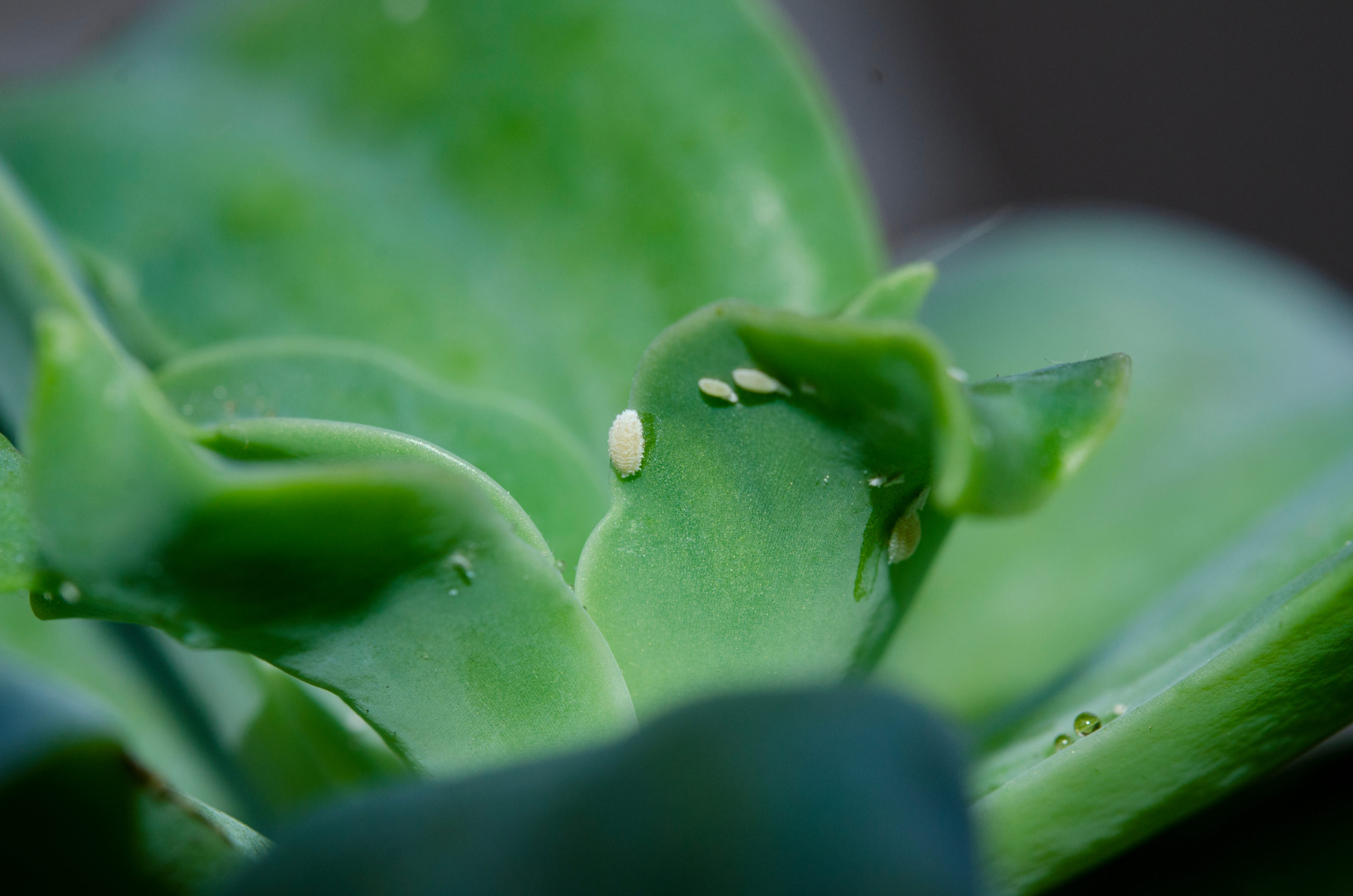
These tiny pests produce all kinds of problems for an innocent succulent. If there’s one kind of insect you don’t want on your succulent collection, it’s the mealy bug. They are about two to three millimeters long, and can be gray or brown in color. They are most commonly seen on succulents and cacti. Mealy bugs, like aphids, produce a honeydew-like material. The white, sugary, fuzzy substance is a favorite of other pests, so mealy bugs can cause problems beyond their own personal attacks to the succulent. They spread from plant to plant easily, so one affected succulent in a garden will likely infest its neighbors.
Considering mealy bugs can lay around 600 eggs at a time, it’s a wonder that more succulents aren’t infested. They also thrive indoors, so any succulents on your kitchen counter or bookshelf are free real estate for these pests. They infest all parts of the succulent, including on the leaves, under the leaves, and in the joints of the plant. Mealy bugs are drawn to overwatered and over fertilized plants, so it is once again crucial to be sure that the succulent is well-balanced in its nutrients. Mealy bugs can cause mold to grow through their honeydew, which makes the succulent more vulnerable to all kinds of infections. Check your succulents frequently for any small insects to make sure they aren’t attacking your beloved little plants.
Mice
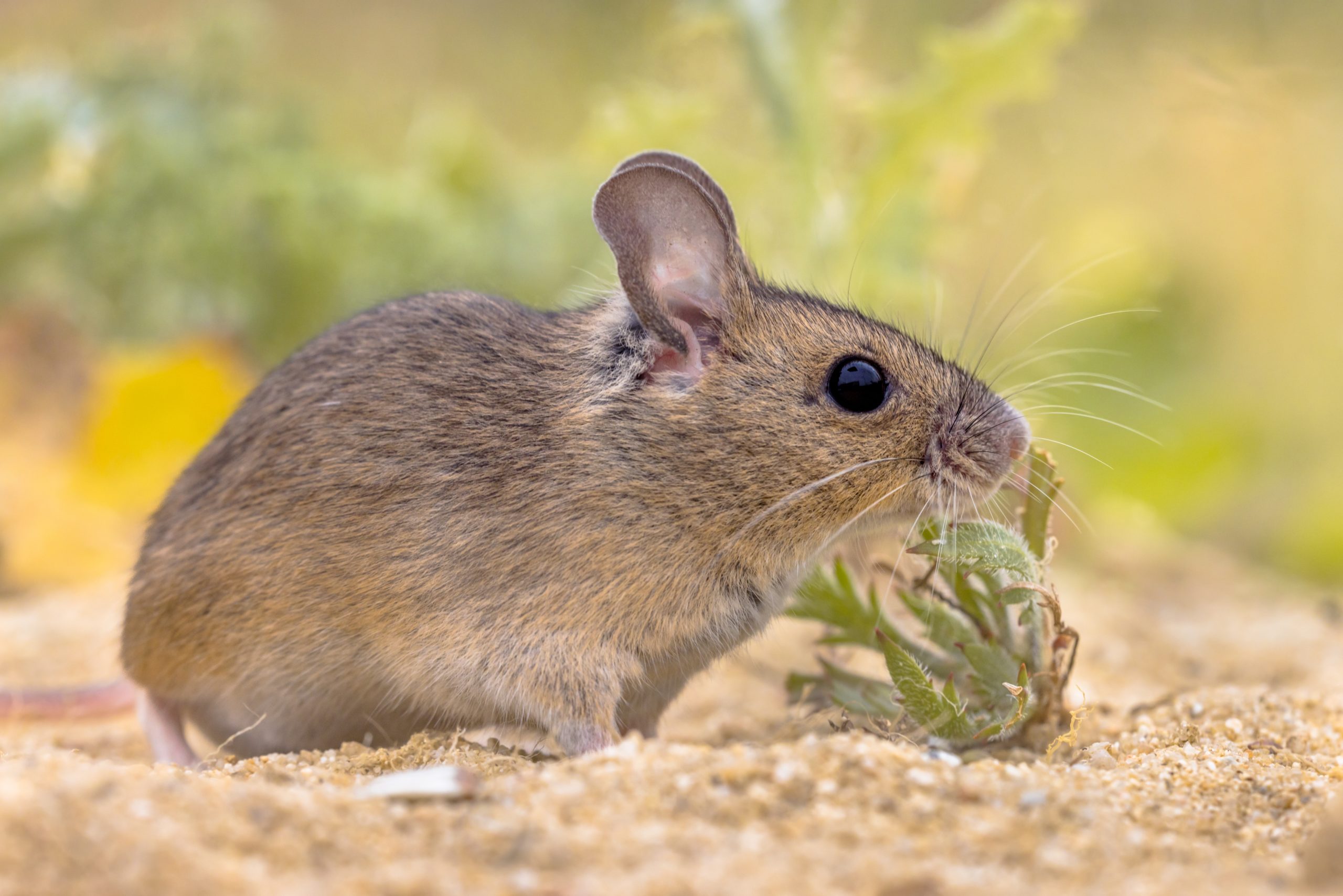
It seems strange that mice would focus on succulents at all, since they have so many other food sources everywhere that they go. But mice do love to eat succulent leaves and break off parts of the plant. Since their teeth can cut through the fibers with ease, mice can disfigure the succulent and cause permanent damage to the structure. This isn’t their first choice of food, so most succulents aren’t in danger of becoming mouse food. But some species of mice love succulents, cacti specifically, for the fruit and seeds as well as the water inside the leaves.
In addition to being a food and water source, succulents are also protection for mice. The pokier varieties are aversions for larger birds and animals, so mice can hide within the larger kinds. One easy way to deter mice from your succulents is to place rocks along the base and cover the soil. This makes it extremely difficult for them to get close to the leaves. It also protects the soil and blocks mice from getting at the roots.
Scale
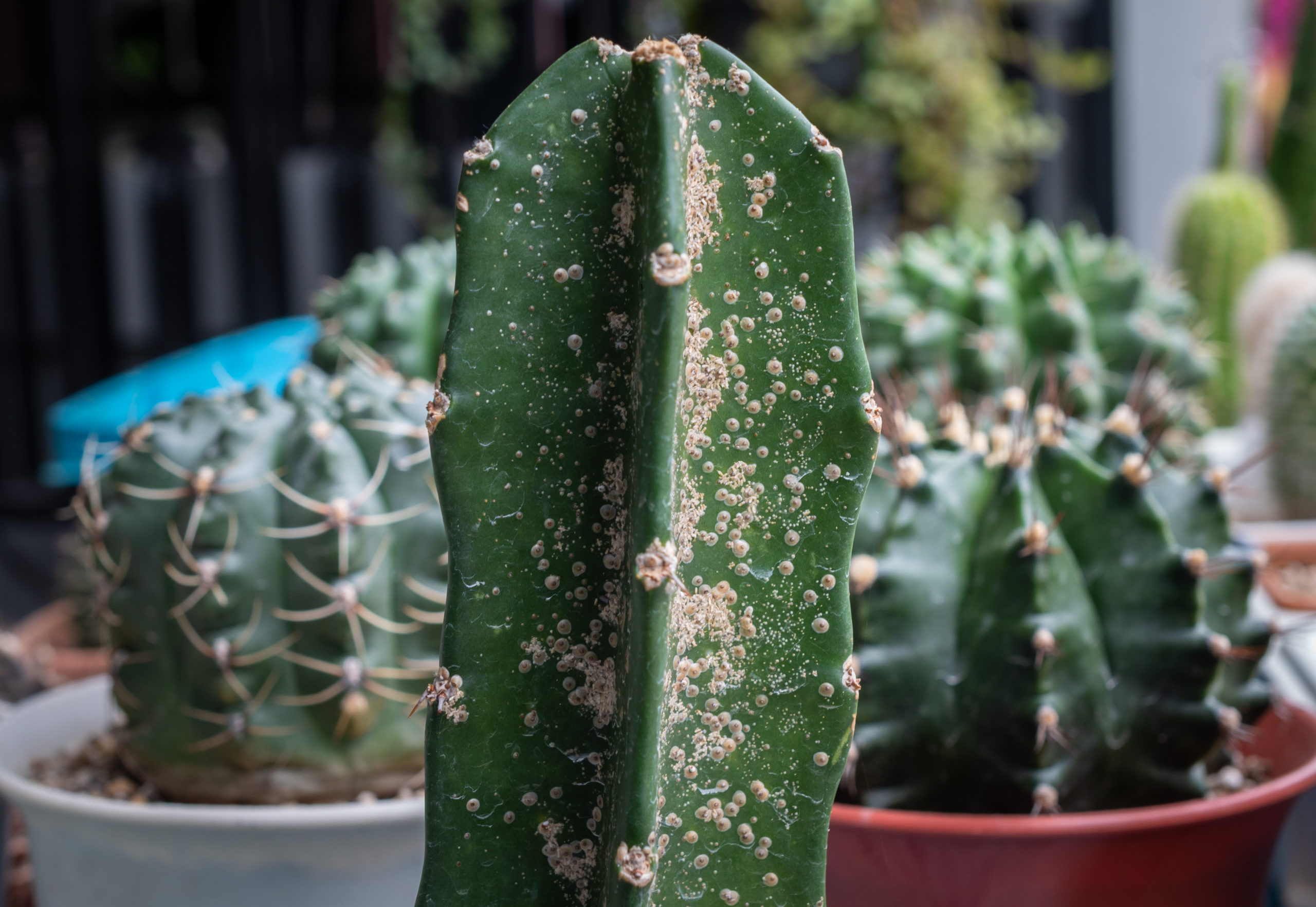
This succulent pest doesn’t even look like an insect! Scale look like small brown spots or tiny insects if you look very closely. There are two main types that are common to succulents: soft scale and armored scale. The soft scale is covered with a waxy film that protects it from the elements and some kinds of predators. The armored scale uses its hard secretion as a home base, since it is not permanently connected to its hard shell. There are surprisingly over 1000 species of scale, and many of them can lay around 300 eggs at a time.
Scale eat the sap from succulents and can strip the plant of its vital nutrients. The damage that they cause to succulents is obvious with their diet, but scale can also make the plant vulnerable to various infections and molds. So their negative effect on the succulent can last its lifetime if the scale feeds upon it long enough. An easy way to treat scales on an individual level is by touching each one with a cotton swab soaked in rubbing alcohol. Small spots of alcohol won’t damage the succulent, so this is a better option than spraying the whole plant with alcohol and water.
Spider Mites
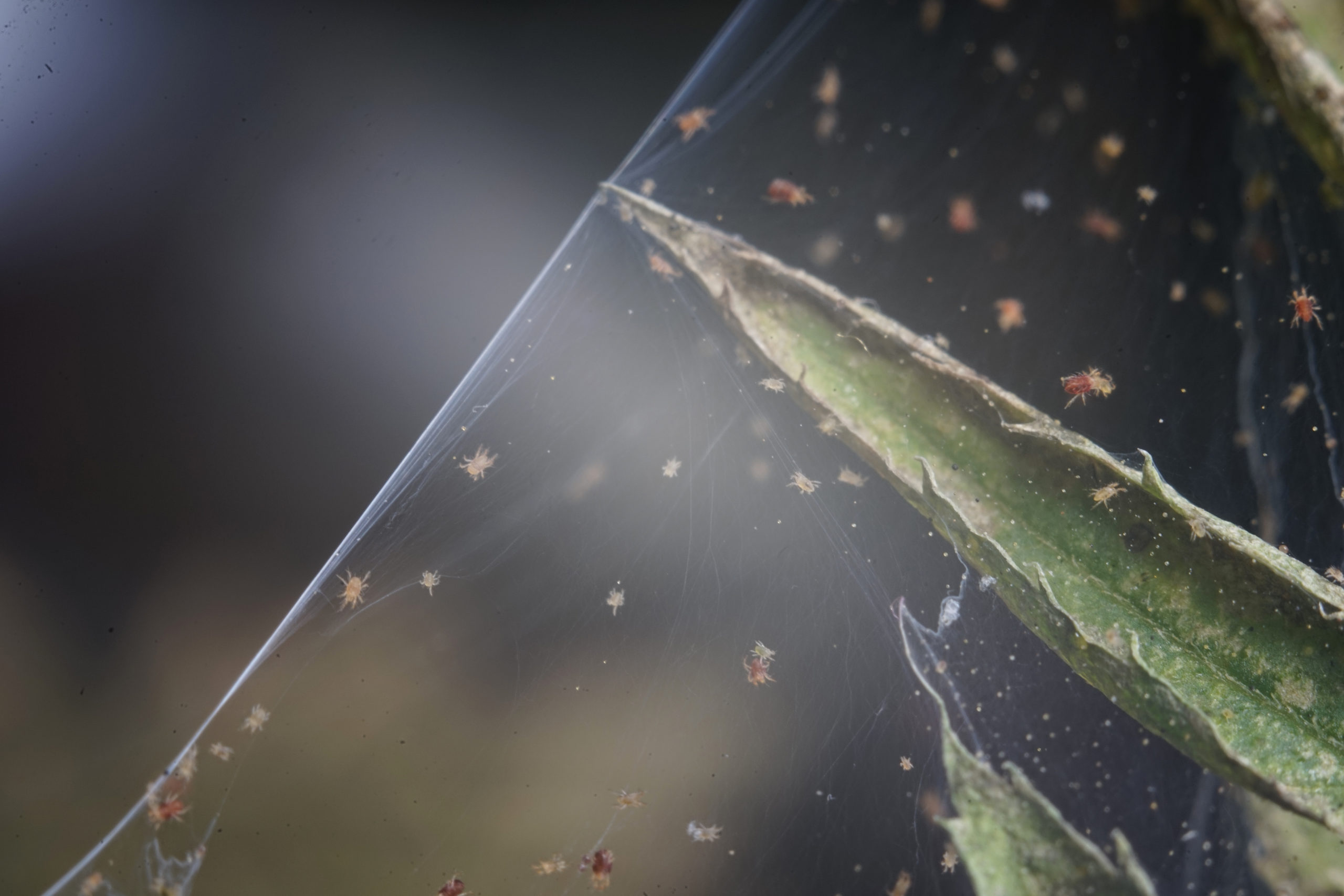
These tiny red pests often go undetected for some time, since they are almost invisible unless you look very closely at the infested plant. They are technically arachnids, hence the word “spider” in their name, which means that they can produce their own tiny spider webs. This is one of the first signs of a spider mite infestation on the succulent. They infest to drink sap from the succulent; a few spider mites won’t pose a massive problem but it gets worse when these tiny terrors multiply by the hundreds and take over the succulent.
In addition to small spider webs, another sign that the succulent’s problem is spider mites is brown spots on the leaves. These appear more often the more spoiler mites are on the plant, so a lot of spots mean there is a major problem. The arachnids look like minuscule moving spots, and you can see them if you really focus on the leaves. The succulent will eventually turn silvery or whitish if the spider mites don’t leave, so these small but mighty pests need to be eradicated as soon as you find them.
Whiteflies
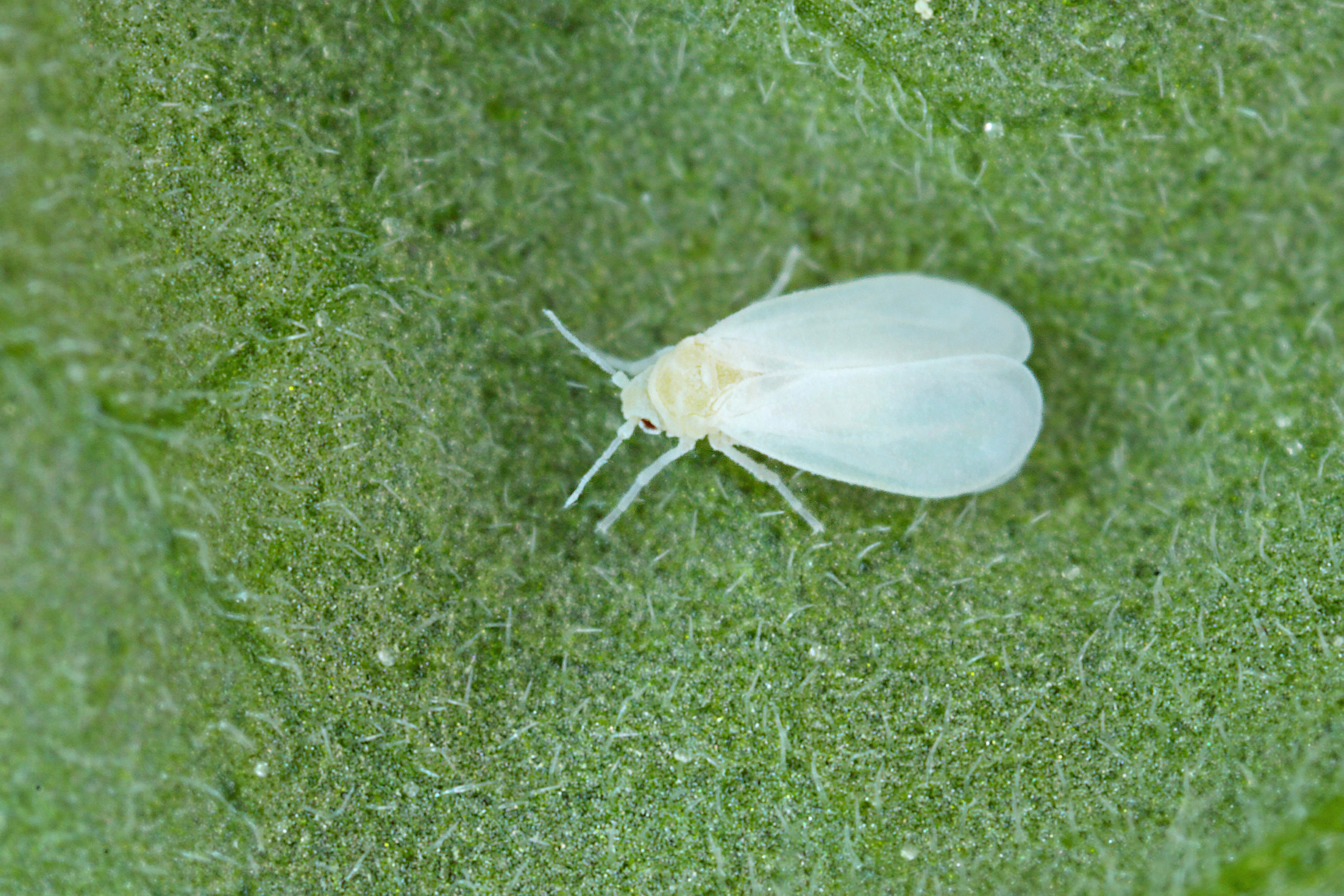
The color of these insects is likely obvious based on their name. Whiteflies are tiny pearl-colored flies that live on the underside of various plants. If you flip over a leaf on an outdoor plant, including succulents, you may see a group of moving white sprinkles all along the veins of the leaf. Whiteflies also produce honeydew as they eat, so they are yet another menace that attracts honeydew-eating pests to the succulent as well.
Since whiteflies reproduce quickly, they are a big problem before they even make honeydew and attract other insects. The eggs are laid under the leaves, which means that the whiteflies have food as soon as they hatch. They are mainly a problem for leafy succulents, since they need larger leaves to live and feed upon. A homemade solution to take care of a small whitefly infestation is to spray a mixture of dish soap and water on the affected parts of the plant. When looking for pests on a succulent, make sure to inspect all sides of the leaf since these pesky insects have a natural affinity for finding a good hiding place.
Our Pest Control is a Friend to Plants
The easiest way to prevent succulent pests in the first place is to not overwater the plant. Too much water will kill the succulent anyway, but an abundance of moisture is a major attractor for all of these pests. Try limiting water to about once a week and keep an eye on the succulent to make sure it still looks healthy. Discoloration and wilting is a sign of tiny pests, so it is important to keep watch over the leaves for a hint of unwanted guests.
While pests of succulents like to hide within the leaves and roots, pest control experts know where to look to take care of the problem. Our EPA-approved products will protect your beloved plants from all kinds of pests without damaging the plants themselves. Contact our team to learn more about how we can save your plants from these tiny pests and return the life back to your garden.
Citations
Common pests & diseases treatment for succulents. (n.d.). Succulents Box. Retrieved May 5, 2022, from https://succulentsbox.com/pages/common-pests-diseases
Fungus gnats. (n.d.). Missouri Botanical Garden. Retrieved May 6, 2022, from https://www.missouribotanicalgarden.org/gardens-gardening/your-garden/help-for-the-home-gardener/advice-tips-resources/pests-and-problems/insects/flies/fungus-gnats.aspx
Slim, J. (n.d.). Common pests on succulents and easy treatments for them. Succulent Plant Care. Available at https://succulentplantcare.com/help-there-are-insects-on-my-succulents/ (Accessed on May 5, 2022).
Team Juicy. (2016, July 1). Pests in your succulents? Here’s what you need to know. Juicy Kits. Available at https://www.juicykits.com/2016/07/01/pests-in-your-succulents/ (Accessed on May 5, 2022).
Tuttle, C. (2022, March 29). How to get rid of mealy bugs and other pests on succulents. Succulents and Sunshine. Available at https://www.succulentsandsunshine.com/kill-mealybugs-on-succulents/ (Accessed on May 5, 2022).

